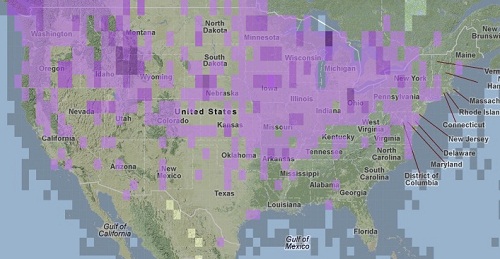The Trumpeter Swan is the largest bird in North America, but in the early 20th Century, they were extremely hard to see.
Over-hunted for their feathers and skins, these beautiful birds once teetered on extinction. In the early 1900s, fewer than 100 remained in the wild. Despite decades of subsequent protection under the Migratory Bird Treaty Act, the population grew only to 700 individuals by the 1960s.
The Trumpeter Swan Society formed in 1968 to better coordinate Trumpeter conservation through advocacy, research coordination, and habitat restoration. Since then, the number of Trumpeters in North America has increased to an impressive more than 34,000 individuals. The swans are now independently finding wintering grounds across the Lower 48, and the Society needs citizen scientists to report these pioneering birds.
To be a part of the effort to protect this successfully restored species, visit the Trumpeter Swan Watch and report your sightings. Visit the Trumpeter Swan Society for a printable identification guide.
Citizen data provides the Trumpeter Swan Society with valuable tools for their work, including protecting swans from lead poisoning. In Washington State, the group advocated for and achieved a reduction in use of lead shotgun ammunition. Both waterfowl and terrestrial animals can accidentally ingest shot left in the environment, and slowly die from lead poisoning. The Trumpeter Swan Society continues to advocate for the use of non-toxic ammunition, and provides material support to biologists rescuing poisoned swans.
While these beautiful animals are most abundant in Minnesota, Montana, South Dakota, Washington, and Alberta Province, Trumpeters have been seen in almost every state.

The next time you spot a large swan, take a closer look. If it towers over all the other ducks, geese and swans around it, it could be a Trumpeter. Standing at up to 5 feet tall, this all-white bird with a big black bill and big black feet are hard to miss.

